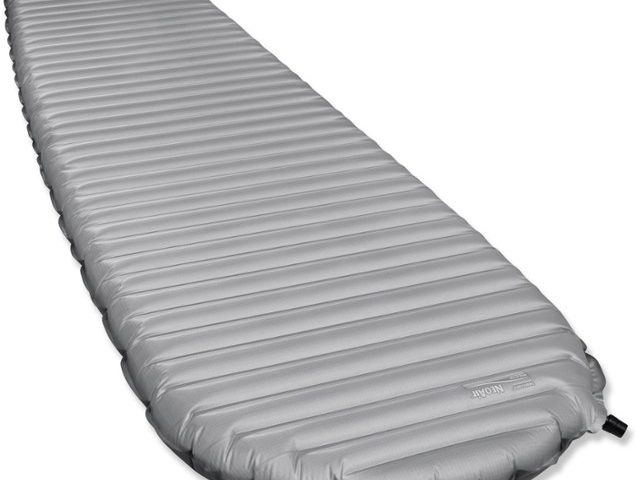On a recent summit attempt of Mount Kilimanjaro, I was using the NeoAir® XTherm™ from ThermaRest, with an R-value of 5.7. But what actually does that 5.7 mean?
The R-value is a measure of resistance to heat flow through a given thickness of material and is calculated by measuring the temperature difference between two surfaces and heat flux (or the amount of heat transferred per unit area per unit of time). Sounds complicated, but effectively what this means is that the higher the R-value, the greater the resistance, and hence the better thermal insulating properties of the object.
This measure isn’t confined to the outdoor industry. In fact, R-value is commonly used in the construction industry to rate the thermal resistance of building materials (insulation, windows, fiberglass etc). And while R-value doesn’t translate to a temperature rating (similar to sleeping bag metrics), it is a good indicator for the type of conditions different mats are best suited for. A sleeping bag is designed to create warmth by trapping warm air in the bag, while a sleeping mat is designed to resist the transfer of heat into the cold ground (through the process of conduction).
R-value is correlated to the thickness of the material, so the thicker (and generally heavier) the material is, the higher the R-value will generally be. This also means that layered materials (eg a sleeping mat on top a closed cell foam mat will provide a higher R-value). However, a high R-value won’t make you hot in warm temperatures (unless the mat incorporates some sort of internal layer designed to radiate and reflect heat back).
The R-value of sleeping mats will generally range between 1 right up to 9+, although these very high rating mats are typically too heavy and bulky to be carried and are generally only used for car camping. The general consensus is that a mat rated between 0 and 2 is good for summer conditions, between 2 and 3 for spring/autumn conditions, 3 to 5 for winter conditions, and 5+ for extreme cold conditions. (Remember, a high R-value won’t make you hot, it will just provide better insulation against the cold ground).
While some gear manufacturers estimate the R-value of their mats, and others use alternate temperature measures, the boffins at Thermarest use a more scientific approach. A mat is placed between two metal plates. One plate is warmed to a control temperature, while the other is cool. Through the process of conduction (where heat transfers from a warm to cold surface), the less energy required to keep the warm plate warm, equates to a higher R-value.
So back to my ThermaRest NeoAir XTherm. With an R-value of 5.7 and weighing 570 grams, ThermaRest claim the NeoAir XTherm provides the best insulating properties per gram of weight than any other air mattress in the world, and is rated to conditions up to -40°C.



